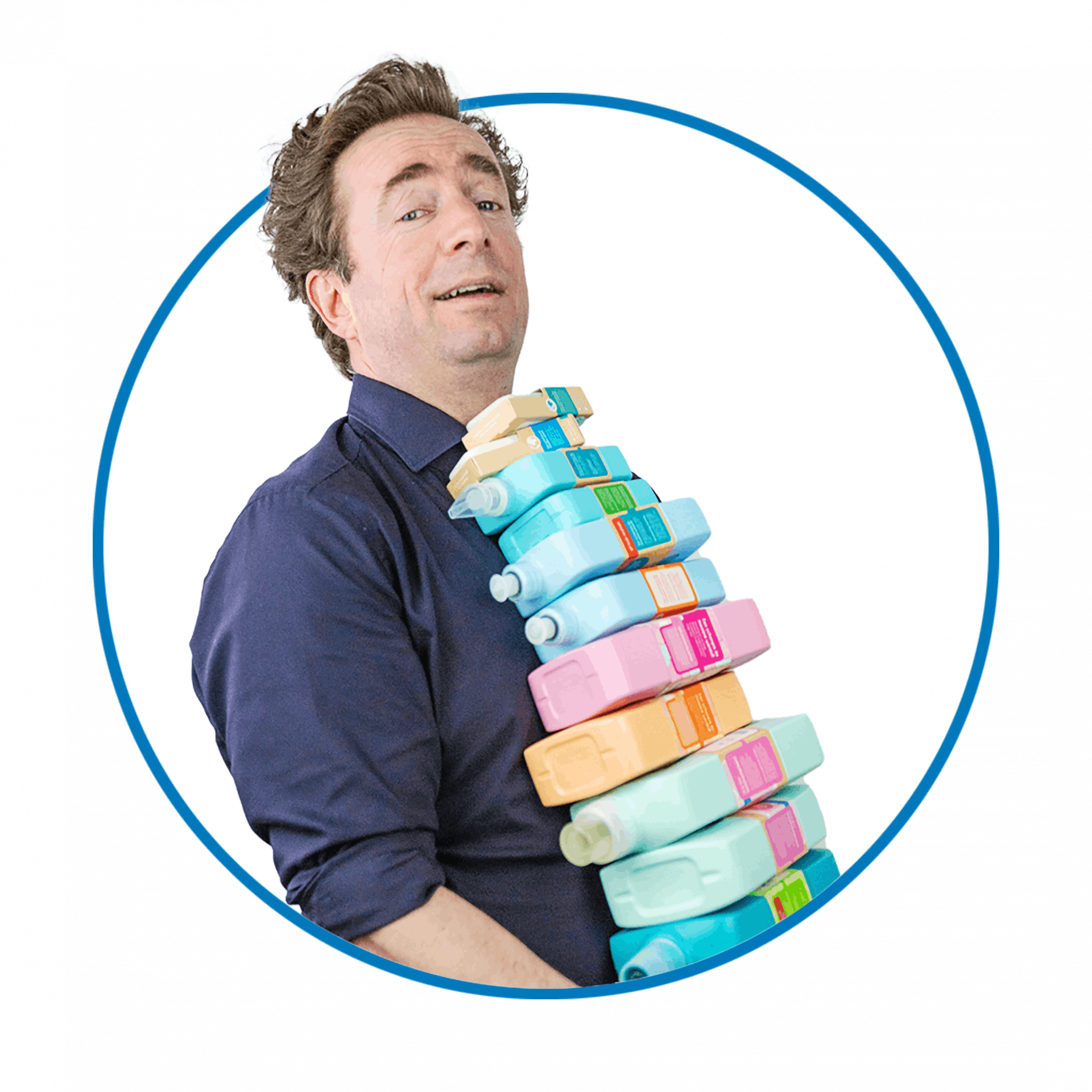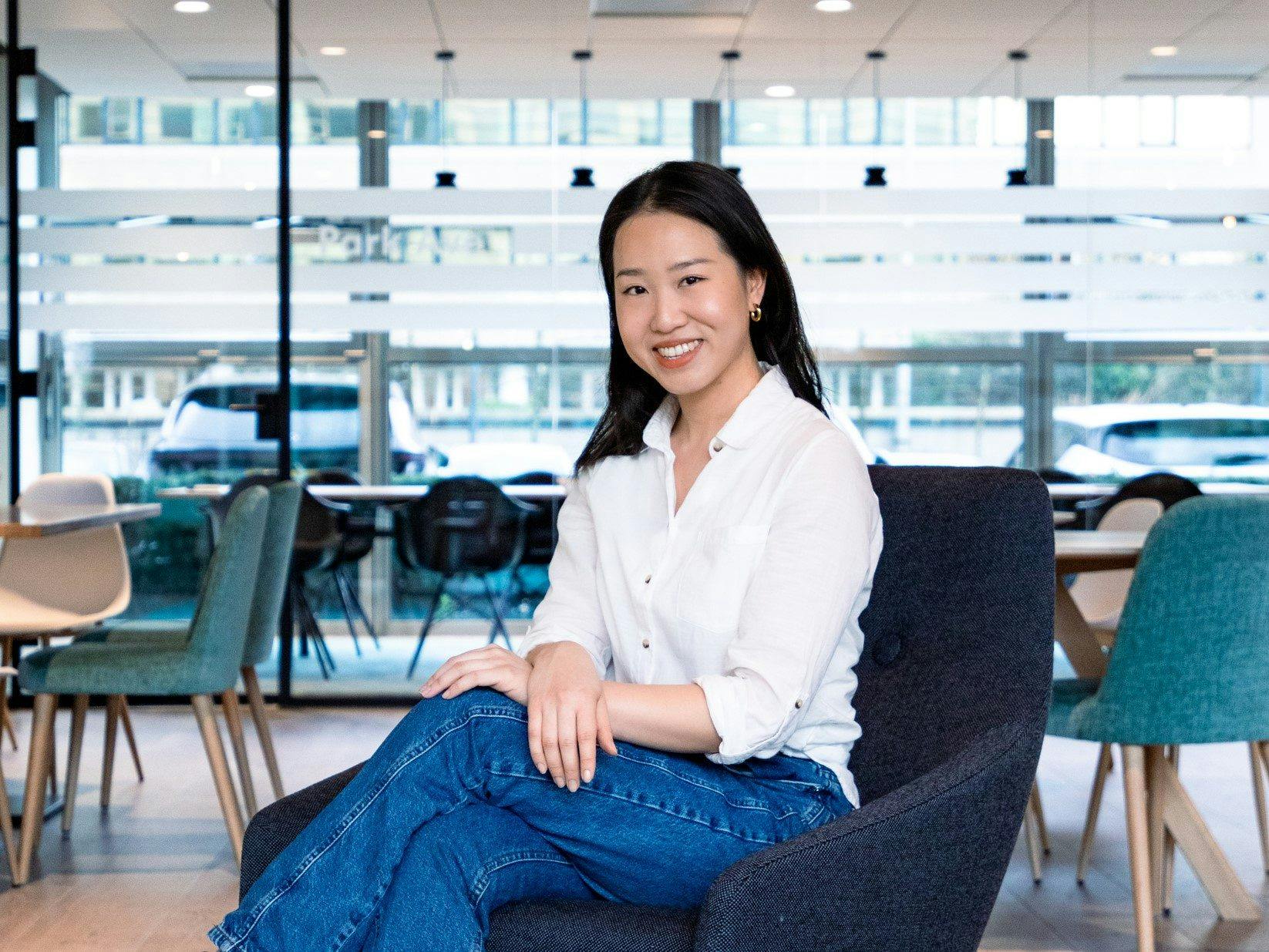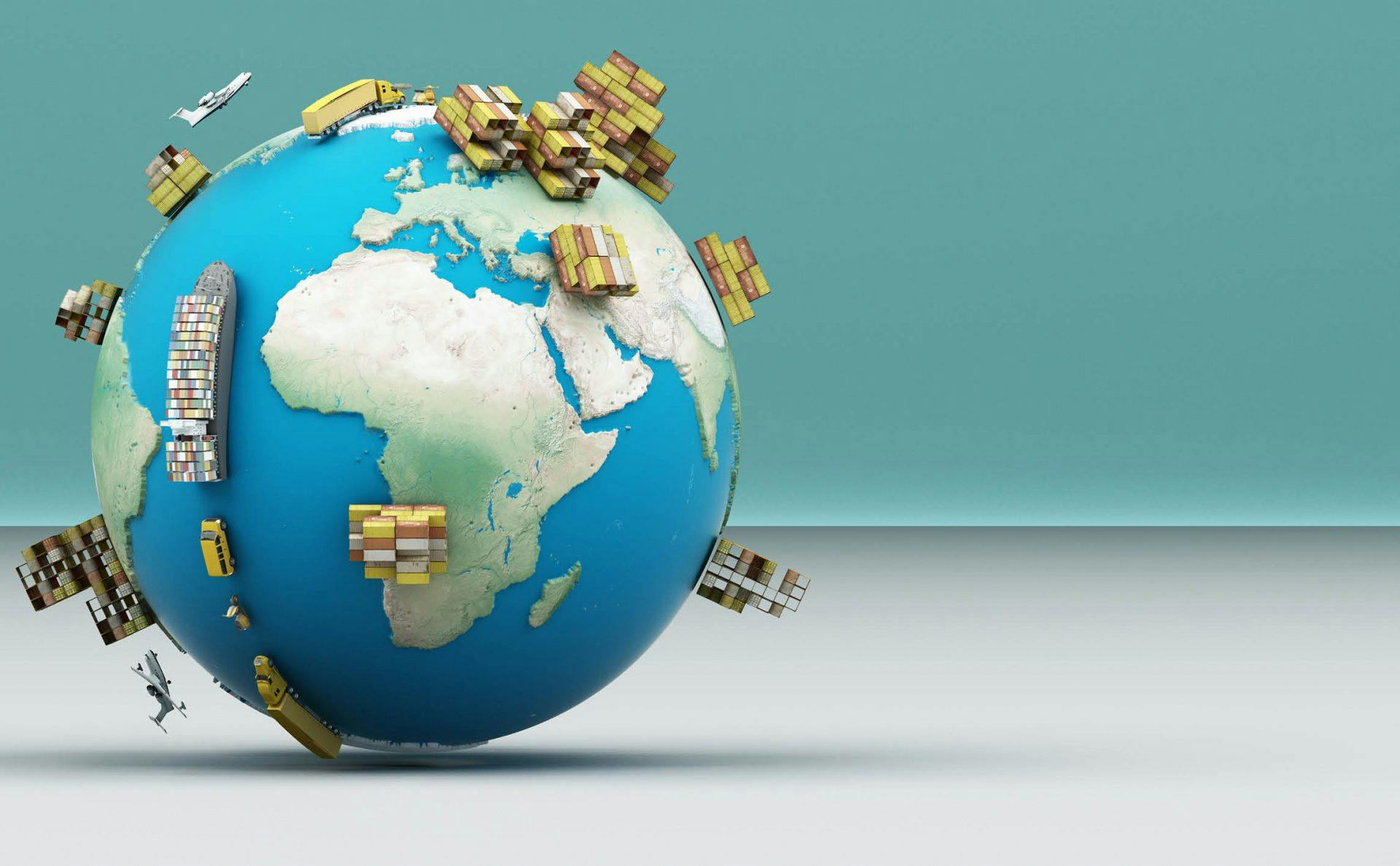Not a supporter of ESG objectives
You might expect a proponent of sustainable development to be a staunch supporter of ESG objectives, but Pannekoek begs to differ, claiming that they allow for an overly casual approach. “While it is fundamentally a good idea for businesses to think about environment, social and governance to improve their business operations, including the supply chain, there are many drawbacks to ESG. It’s an excessively broad term, there’s countless companies who will quantify your performance but there’s very little consistency between them, and it pays to just ignore ESG entirely: just look at the recent profits reported by Shell, BP and ExxonMobil."
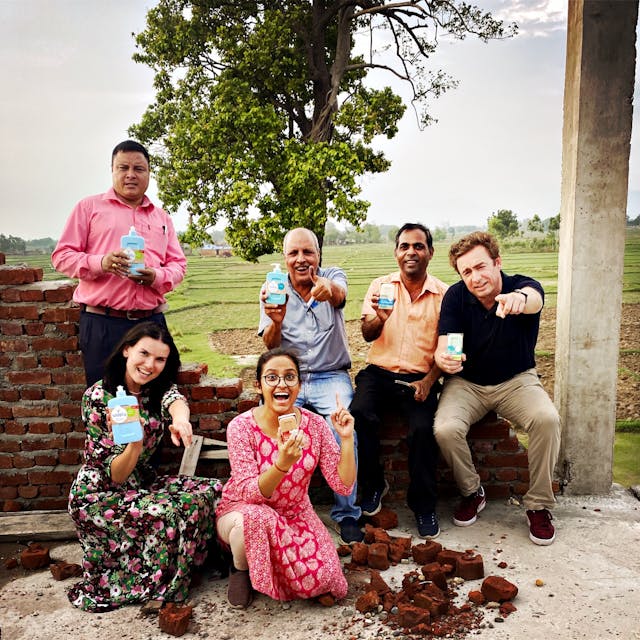
Frans Pannekoek, Head of Soaperations at Soaply
"There are many drawbacks to ESG objectives, which is why Soaply doesn’t measure them."
Skin in the game
In the absence of creativity and intrinsic motivation, ESG is the "fallback scenario," Pannekoek argues. “Finding a way to maximize your ESG scores and boast about them becomes a goal in and of itself, but I’d struggle to argue how that is the same thing as actually making a difference and taking real responsibility. Reporting on ESG objectives is often couched in terms of improvement, resulting in truly monstrous claims: increasing your renewable energy share from 0.01% to 0.02% is still a 50% jump. Consultants and large corporations have now also embraced ESG objectives and have come up with increasingly cunning and devious schemes, which is why Soaply simply doesn’t measure them.” Soaply does, however, try to make a real difference in their value chain. If you ask the Head of Soaperations, it only works if you have ‘skin in the game’: “If you only focus your efforts on making efficiency go hand in hand with sustainability, you have nothing to lose. It’s not that our targets and objectives are incompatible with ESG, it’s just that they’re much more closely linked to our operations and our key values. Real commitment should touch on the very core of your business, because you’ll suffer if you fail to accomplish what you set out to do. For most companies, ESG objectives are not part of their core business, but the reit of a CSR
Defossilizing the soap aisle
Pannekoek joined Soaply in January of this year, having previously served as COO at Marqt and Tony's Chocolonely, two other companies known for their idealistic slant. Soaply is committed to defossilizing the soap aisle, for instance by developing products from soap nut shells found in the Himalayas. “Soaply's roadmap is to grow awareness of the fact that many detergents and shampoos contain fossil-based raw materials used in many detergents and shampoos, and that our products don’t, as well as stressing our transparency about our ingredients and practices and inspiring people to take action themselves. This year’s bus shelter ad campaigns were a good example, with tag lines like “Take matters into your own hand soap” and “S(c)oap for improvement” highlighting that consumers can make a real difference in creating a cleaner world. Supply chain managers also have a part to play, Pannekoek claims: “I’ve been telling everyone who will listen for the past twenty years. For far too long, large companies have only sought to maximize efficiency and shareholder value in their supply chains. Supply chains are designed to be as independent as possible and make transactions as anonymous possible, while supply chain managers are handed objectives and targets revolving around lower cost prices to beef up profit margins. As a result, many supply chains are alienated from their partners, their environment and at times even from other teams in the same organization. To break free from that old pattern, supply chain managers will have to resonate with the changes around them. First and foremost, that will require them to connect with all the links in the chain and understand that the flow of goods, flow of information and flow of funds should also resonate. If the quality of the flow of goods stays the same but the price keeps dropping, or the price holds but the products deteriorate, you lose that resonance. Ultimately, you will always have to resonate with macroeconomic conditions, too.”
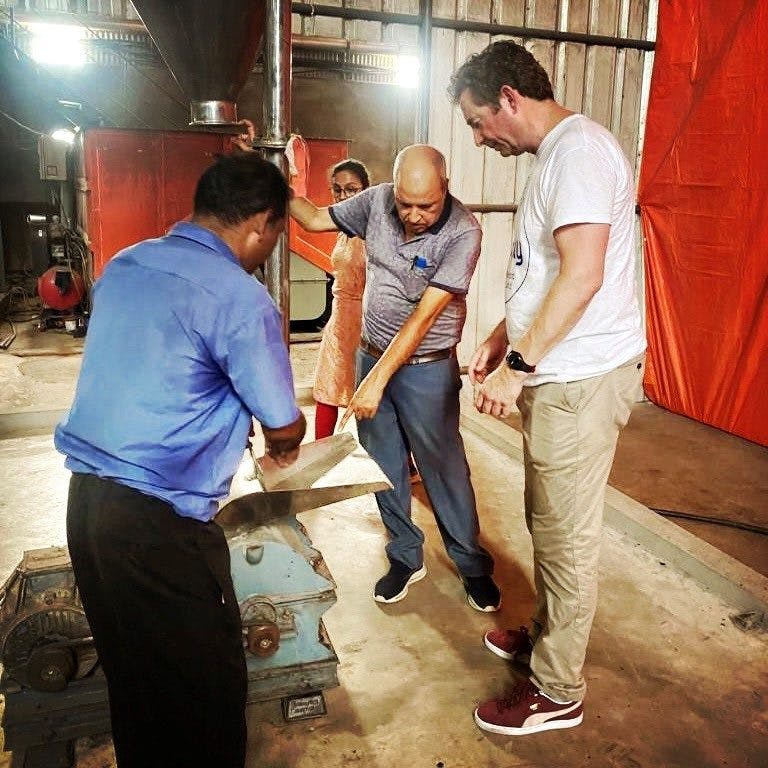
Storytelling
Experience has taught Pannekoek that supply chain managers love their data: “ESG reports full of hard data are flung into consumers’ laps, but who on earth reads them? You need data to measure what you’re doing, they make your performance credible, but you have to convert data into real-world stories, which means you have to know the people involved. There’s also a personal side to it. Are you willing, as an individual, to perpetuate the system as it is now? Does that role still resonate with who you are? Talk is cheap, and I know that supply chain managers also have mortgages to pay and children to send to college, but I would personally struggle mightily to take a job at Shell.” Storytelling is just as important at the front end and back end of a company, Pannekoek adds: “If your company’s success depends on low prices, don’t be surprised if it comes back to bite you one day. Reaching out to and levelling with your customers and consumers helps foster goodwill and lets you go beyond low prices without immediately being punished for it. We’re all in it together.”
Long-term relationships
Pannekoek’s and his team aim to build close, direct relationships with their suppliers. “That goes for the farmers in Nepal as much as it does for factories in the Netherlands. Working closely together means that we understand what they can and cannot do, while they get to understand our specific requirements. For many factories, we’re their only ECOCERT-certified customer, and as an innovative company, we love working with off-kilter ingredients and materials. It’s a lot easier if you have a good relationship with companies that are eager to work with you and don’t get annoyed by all your demands.” That’s why the team frequently visits partners, factories, suppliers and training companies (formerly sheltered workshops) to continue working together and taking responsibility together. “Continuity is part of it”, Pannekoek adds, “Because if you have a good relationship with your supplier, you can forgive each other for the occasional misstep, and get the chance to create a virtuous circle of creativity. I got to experience it first hand with Tony’s and Callebaut: we had unparallelled access to each other’s operations and reaped all these unexpected awards. You’ll never get the same opportunity in a transactional relationship, because it’s not in keeping with the notion that everything you do for each other should have a price. And still, it’s the best way to extract value as far as I’m concerned.”
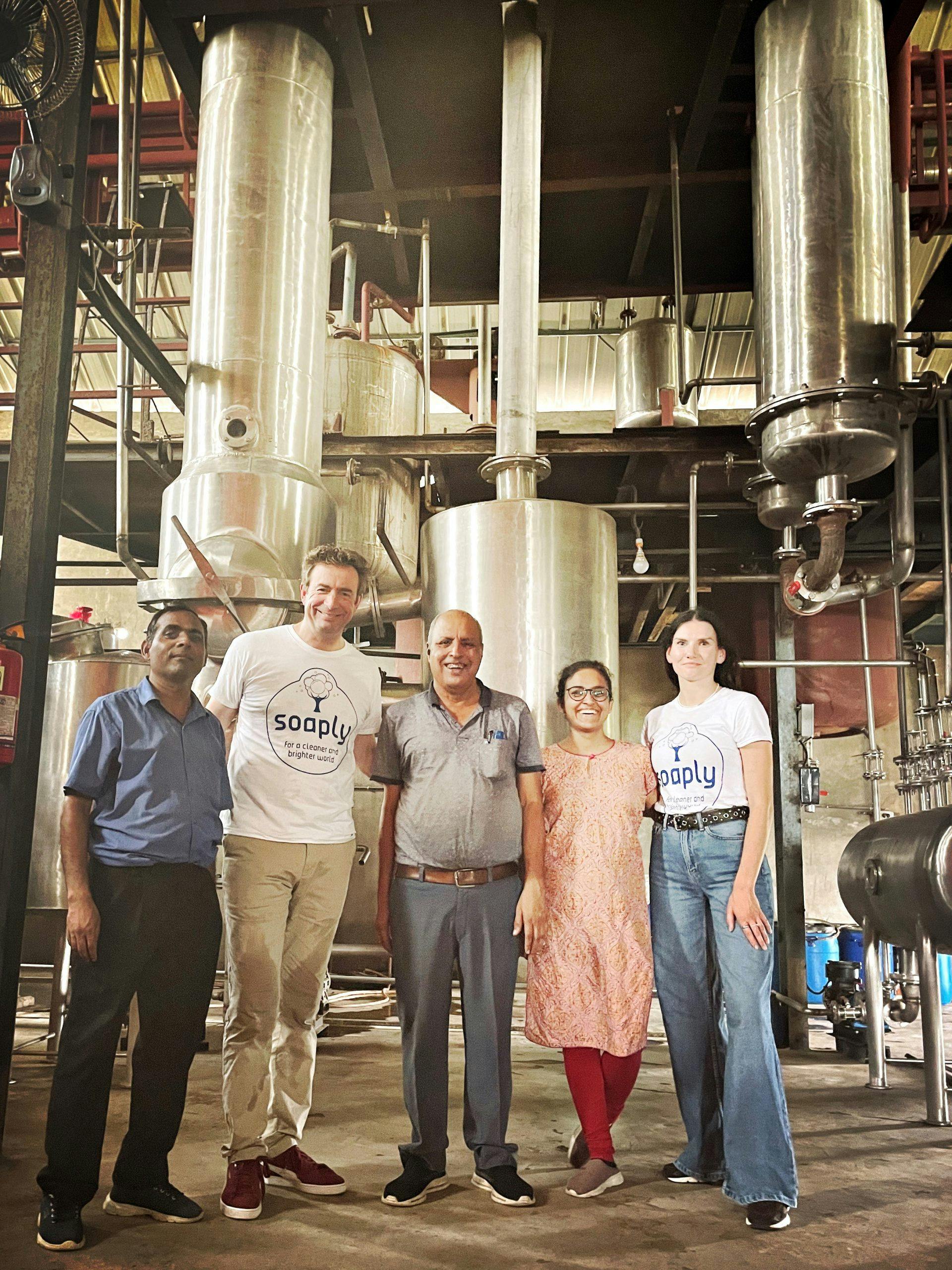
Engineerability
How does Pannekoek envision the future of the supply chain? “The supply chain field is dominated by a sense of engineerability: it’s a data-driven environment where you have a lot of control. I do think, however, that the engineerability of supply chains is gradually declining. We saw what happened during the COVID-19 pandemic and the consequences of the Ever Given getting stuck in the Panama canal: sometimes, things happen that no amount of data can change. And when they do, consumers have no choice but to wait a little longer to get their hands on a new bike. Admittedly, the global supply chain has gone crazy and reshoring our supply chains will certainly help, although I don’t believe it’s a panacea. Occasionally, you’ll just have to accept things as they are. That said, tools can be incredibly valuable in what we do. While Soaply has the basics of data collection down, we’re now working on structuring that data and converting them into management information. It’s still baby steps for now, because it’s too early for a consistent, comprehensive dashboard and reporting system, let alone for other follow-up steps such as AI or sophisticated analyses. At times, our enthusiasm to get new products into the marketplace has almost been the end of us. We do want to start digitizing transactions and building interfaces with our team, to ultimately do more with fewer people, just like we did at Tony’s. We’re now in the process of implementing Slim4 at Soaply to get a closer grip on inventory and Material Resource Planning: we’re only just getting started."
About Frans Pannekoek
Frans Pannekoek (Head of Soaperations at Soaply) is an alumnus of the University of Amsterdam and Harvard Business School. Before joining Soaply, he served as COO of Marqt and Head of Operations/COO of Tony's Chocolonely. Pannekoek is also a part-time Adjunct Professor at TIAS, Tilburg University's Business School, and a volunteer at Number 5 Foundation, which unites people and organizations in the pursuit of a just and sustainable society.
Frans Pannekoek has more than 20 years of experience in supply chain management and operations at several international FMCG and retail companies. He specializes in mission-driven companies and scale-ups, and is known as a servant leader with a focus on financial performance.
